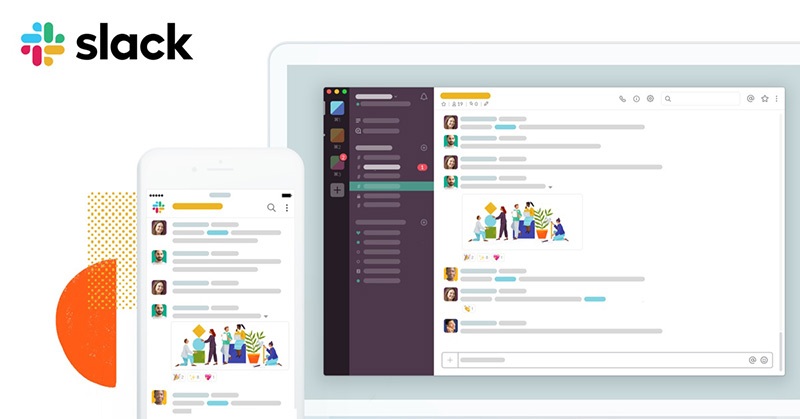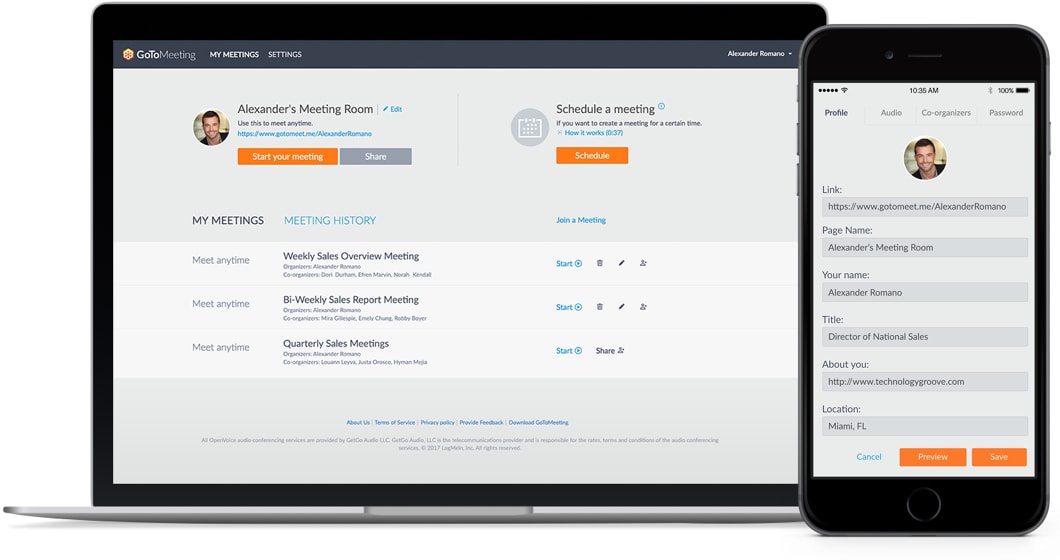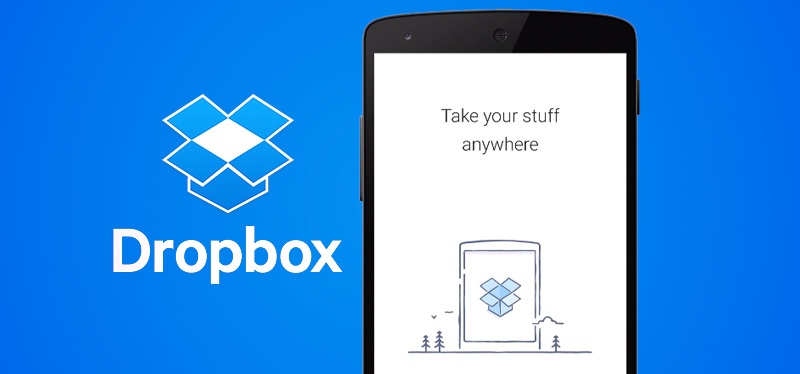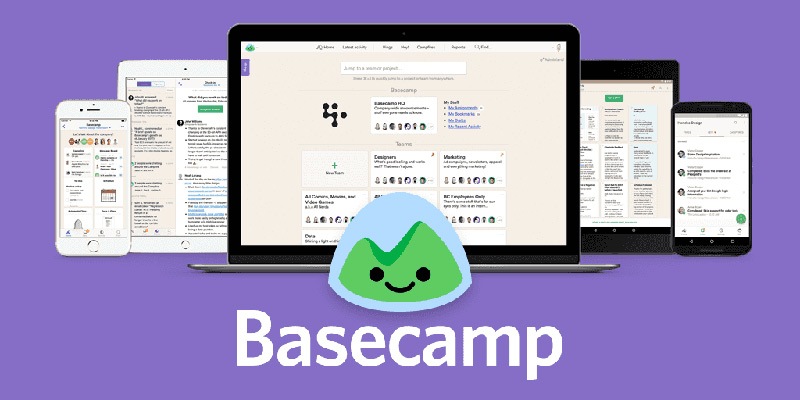Remote Work Is Here To Stay
In light of the Coronavirus pandemic, remote work is here and it’s growing every day. According to a comprehensive survey of hiring managers, — although an outdated survey and the numbers are only growing — over half of the managers surveyed at the time before we had this historic pandemic agreed that remote work among full-time employees is becoming more common. Furthermore, managers also indicated that nearly 40 percent of current, full-time employees are expected to transition to a remote working arrangement within the next 10 years — personally, that has changed with coronavirus and the impact is being felt right now.
What this portends is a significant change in the way people collaborate, communicate, and get work done.

For employers, the rise of constant connectivity and virtual spaces is a big opportunity to rethink the way work occurs in their businesses. However, the increase in remote working could also very well be a stumbling block for companies that aren’t prepared or aren’t proactively planning for a future where the traditional office layout is less and less relevant to the way people do business. Just think about how the so-called Web 1.0, or the very first iteration of the internet, completely changed the primary method, pace, and speed of communications. Alternatively, consider how e-commerce is not only threatening traditional brick-and-mortar retail but entire commercial enterprises and industries. Businesses that once relied on the post office to do the heavy lifting of communicating internally with employees and externally with clients suddenly found themselves being outcompeted and outflanked by agile, tech-savvy upstarts who understood the competitive advantage the then-newfangled internet was.
Businesses that were late to the jump to e-commerce have found themselves facing obsolescence. Just look at the legendary Nokia corporation which once dominated the mobile phone and cellular industry in the 1990s for a lesson about seeing opportunity and shutting the metaphorical door right in its face. Today, Nokia is a near non-factor in the global cellular and mobile phone industries. They refused to accept innovation when it came to user-experience and what users wanted. They were change-averse and, as a result, lost everything.
Remote working isn’t just the future; it’s already here. Millions of employees are already working from home on a part-time or full-time basis. How companies leverage this new trend to their advantage or cling stubbornly to old notions of work will determine their success in the coming decades.
What Do Remote Workers Need in 2020?
Businesses looking to proactively shift some or all of their workers towards a remote working arrangement need to provide their employees with the right tools and the correct remote infrastructure to support their untethered work activities. You can’t just shut the office down and tell people to rough it on their own. Poor organizational planning and a lack of change management strategy and forethought is a sure recipe for disaster.
Instead, businesses looking to implement a remote working strategy or option for employees need to consider the strategic implications carefully. For example, while remote working may allow a company to reduce the size of their physical space, they must plan for increased outlays on IT infrastructure, such as cloud platforms, to enable employees to work and collaborate effectively from home or travel.
Following are five broad categories of tools all remote workers require to work efficiently and effectively.
- Mobile Hardware Tools
- Virtual Collaboration & Communication Tools
- Project Management Tools
- Performance & Employee Engagement Tools
- Cybersecurity
The Best Technologies for Remote Working in 2020
The best technologies available today often offer automation features, user-friendly user interfaces, and seamless integration with other tools and software. Providing employees with the right remote working tools is essential for a remote working strategy to succeed. That’s why we’ve compiled a detailed list of the necessary tools and best technology every company with remote employees should consider.
1. Mobile Hardware Tools
Contrary to what some business owners may believe, remote workers still need access to most of the physical tools, equipment, and hardware that they would typically use in a traditional office setting. This may include everything from printers to computers and telephones. Instead of desks, chairs, and break rooms, workers will likely require hardware designed with mobility in mind. That means companies will have to provide laptops, smartphones, and other pieces of equipment necessary for workers to do their jobs. Workers will also require a fast and reliable internet connection. The best mobile hardware tools will always be the latest models and most rapid subscription plans that are available and fall within your company’s IT budget. Remember, these pieces of hardware are foundational tools in a mobile worker’s arsenal and should be kept sharp and up-to-date.
At a bare minimum, it’s up to companies to provide workers with:
- Laptop
- Smartphone
- Internet Access
Auxiliary equipment, such as monitors, printers, and other devices may or may not be necessary for each employee depending on their individual needs and the financial resources available.

What Is The #1 IT Challenge Facing Your Business In 2019?
2. Virtual Collaboration & Communication Tools
Virtual collaboration and communication tools are the lifeblood of a successful remote working strategy. Email tools, such as Outlook and Gmail are essential as is Voice over Internet Protocol (VoIP) so that workers can make and take calls. However, these are old technologies. More and more work and collaboration are happening in virtual spaces such as chat rooms and video conferencing environments. The best apps, such as Slack Chat, are designed to foster communication amongst team members smoothly and seamlessly. However, dialogue doesn’t just start and stop with a chat screen. The truth is, collaboration is rapidly moving into the video conferencing space. Millennials and incoming generation-z workers are more familiar and comfortable with video chatting applications, such as Skype, that allow them to collaborate in real-time and face-to-face as if they are working in person.
Best Chat Apps

Best Video Conferencing

Best File Sharing

3. Project Management Tools
Managing and coordinating projects when workers are working remotely can be a massive headache if the right tools aren’t being used or aren’t being used effectively. However, with the right tools, project management and coordination can be a breeze and occur entirely online without the need for time-wasting in-person meetings or stifling micromanagement. Virtual project management applications will often integrate their own or third-party collaborative tools into their environments. The best tools allow teams to seamlessly set their tasks and goals, track their progress, check off completed work, and hold each other accountable for missed deadlines.
Best Project Management Tools

4. Performance & Engagement Tools
No one likes performance reviews. They can often feel unfair, unobjective, and biased. Furthermore, performance evaluation can be even more difficult in a remote-working environment when supervisors and employees do not interact in person daily. For example, how can a manager measure and reward the growth of an employee who is working remotely? In the past, this would have been done through tedious and often inaccurate company-wide surveys designed to take the pulse of their workers once a year or once every quarter. Today, appraisals, goal-setting, and employee evaluations can all be accomplished done in real time with performance tracking tools. This gives managers insights into the company and their workforce to better identify both areas that need improvement and strategies that are working successfully. The best tools today give supervisors, team leaders, and HR professionals on-demand employee feedback and real-time insights that can help them make day-to-day decisions and adjustments on the fly without ever having a face-to-face conversation.

